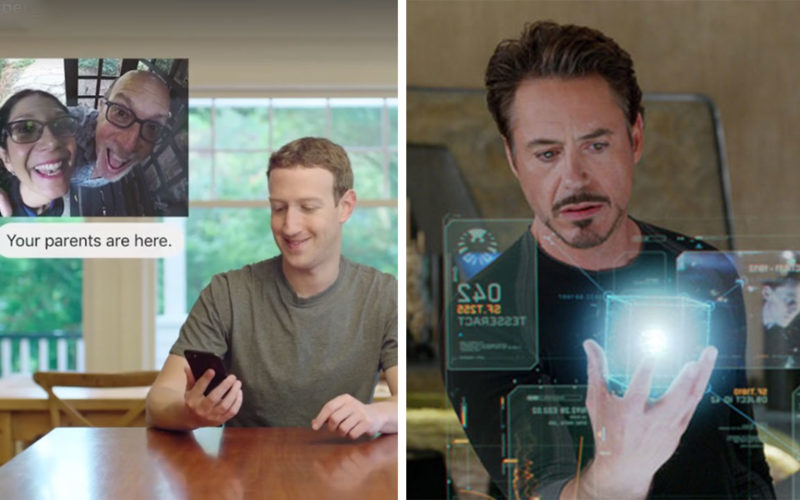- 3.9Kshares
- Share
- Tweet
- Facebook Messenger
Everyone who knows Tony Stark knows about his Artificial Intelligence (AI) assistant Jarvis. The AI bot not just helps Tony to do his daily chores, but also helps his alter-ego Iron Man in fighting bad guys and saving the universe. And if you are a true fan, you know how much Tony depends on Jarvis.
While Tony Stark, Iron Man and Jarvis are fictional characters, Mark Zuckerberg has built a real-life AI bot! What else, he too has named his bot ‘Jarvis’.

According to Mark, it was his personal challenge to build a simple AI bot to run his home. Inspired by Iron Man’s Jarvis, he started to make an AI assistant for himself.
In a note published on his Facebook page, Mark has explained the journey of making his AI bot.
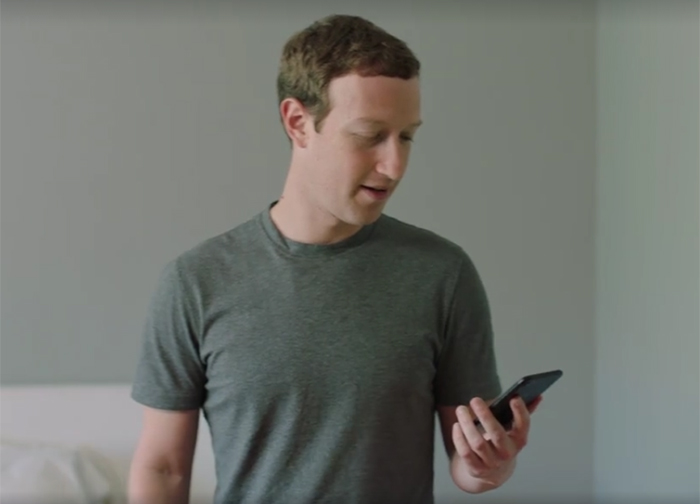
The first step in this process was to connect all the home appliances to Jarvis. This was a difficult task as not all appliances are Internet connected and even those which are, have their programmes written in different languages and follow different protocols.

Next, it was important to create a system to interact with the AI. So, Mark created a command execution program and fine-tuned it to differentiate between his speech and his wife’s. His system learns gradually by understanding open-ended requests. However, it is not able to grant specific wishes as of now.
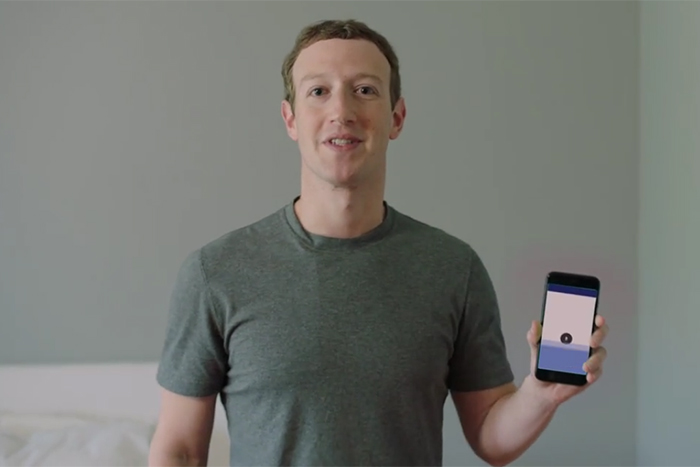
The next challenge for Mark was to create a vision and face recognition program so that his AI can identify and differentiate between people. He installed multiple cameras at his door so that if a person arrives, the AI can identify them and entertain them accordingly.
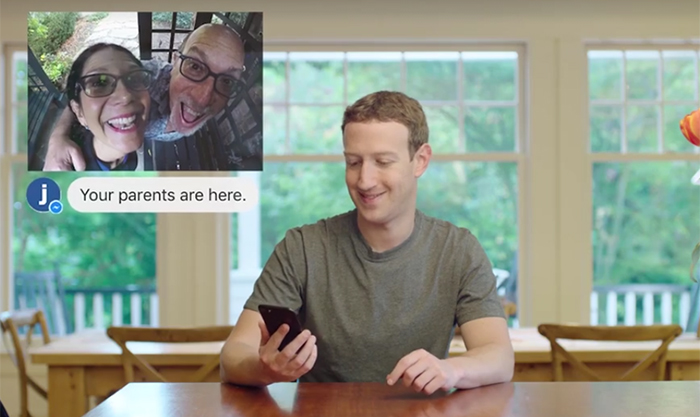
What Mark needed next was a way to communicate with his bot, not just from his computer but from anywhere he wants. So he created a messenger bot to communicate with ‘Jarvis’. This way, he could access his AI from anywhere on the planet through his phone.
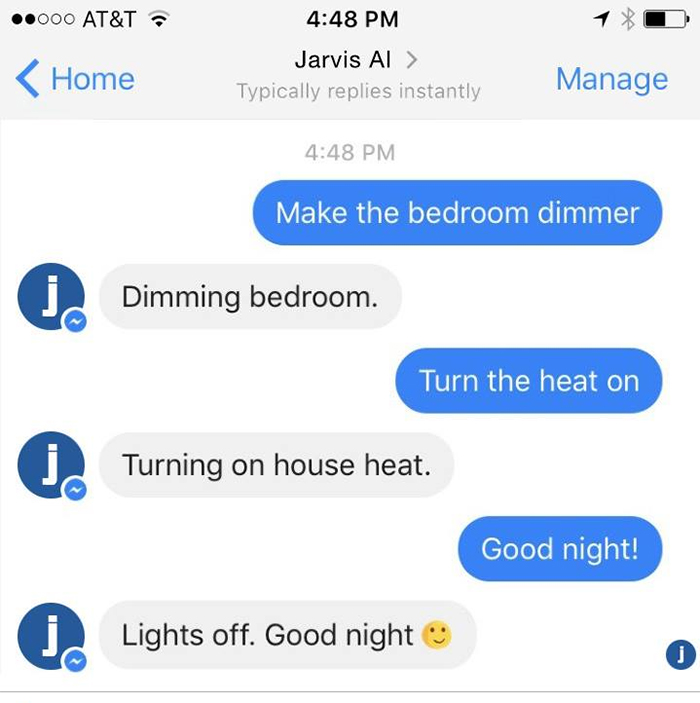
The final step was to enable Jarvis to recognise the voice of his master. So, Mark built a dedicated Jarvis app that could listen to him and more importantly, identify him. And he used the voice of none other than God himself! That’s right, Morgan Freeman has lent his voice to Jarvis.

Mark described this experiment as a great challenge and according to him, AI is something that is there in the future, but we just can’t achieve it until we define what actual intelligence is.

We all have been fascinated by ‘Iron Man’s’ Jarvis in the movies and Mark’s project is a positive step forward towards the future of AI. Let’s hope that we soon get an AI butler who will keep our superhero suit hidden while helping us with other daily chores.
You can read Mark’s original post here and check his video of Jarvis here.
- 3.9Kshares
- Share
- Tweet
- Facebook Messenger




